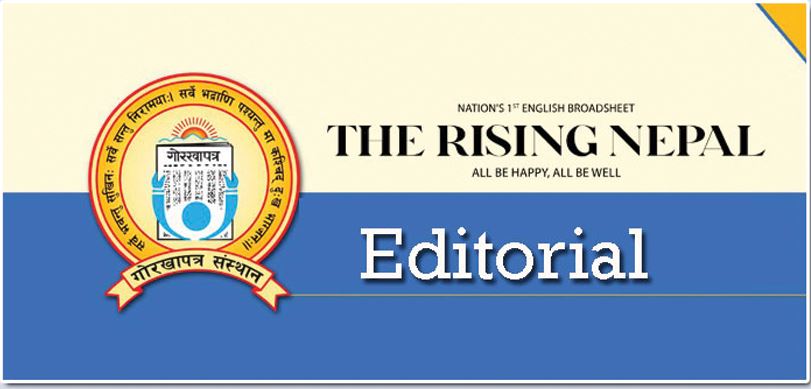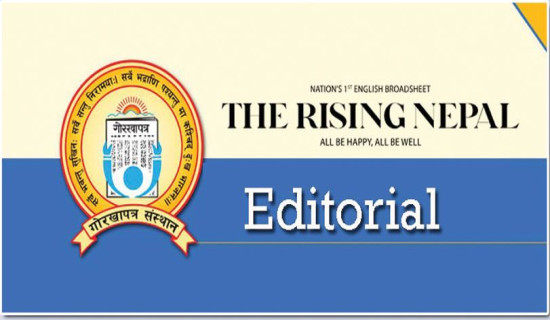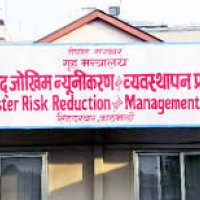- Wednesday, 2 July 2025
Snowmelt Ramifications
Climate change and its ramifications are already a harsh reality of life for billions of people worldwide. Retreating glaciers and thinning of ice in the Himalayas are among the glaring features of this new reality. What once used to be brimming with snow and glaciers is now losing them faster than ever. Billions of people have their lives and livelihoods inextricably tied to snowmelt water for water needs. Even more concerning is the lack of urgency to address this crisis, despite grand conferences organised annually to get those largely responsible for the crisis to act before it's too late. We as a civilization born into and nurtured by the mountains, the irreversible loss of their snow amounts to a life-and-death situation.
Making matters worse is the changing pattern of snowfall. Snowfall traditionally would occur in the winter months of December, January and February, when snow could accumulate and contribute to glacier formation. But in recent years, according to a story carried by this daily the other day, snowfall has lately been happening in March, when temperatures keep rising, causing the snow to melt quickly instead of forming glaciers. Acute water scarcity as a result of this phenomenon is already a fact of life for our farmers up in the highland, pushing them to areas of lower elevations in search of water and pasture land to feed their livestock. The biodiversity sustained by the mountain ecosystem has also taken a hit, pushing some species to the verge of extinction.
Making public its latest Snow Report 2025 recently, the ICIMOD has said that the Hindu Kush Himalaya (HKH) region experienced its third consecutive below-normal snow year in 2025, with snow persistence (the fraction of time snow is on the ground after snowfall) hitting a vicennial record (records in 20 years) low of 23.6 per cent. The finding adds to the evidence that the consequences of climate change are speeding up, suggesting that some changes will be irreversible unless actions are taken immediately. Climate scientists have said that this is worrying news for the water security of nearly two billion people across 12 major river basins that originate high in the HKH.
They have also warned about 47 potentially dangerous glacial lakes located in Nepal's major river basins, 42 in the Koshi, three in the Gandaki and two in the Karnali. Fearful that these lakes could burst anytime and wreak havoc on the settlements downstream, people are migrating to places where they can sleep peacefully. And what about the critical infrastructure that could be swept away in the event of their bursting? From 1977 to 2010, Nepal is confirmed to have lost 24 per cent of its glacier area and 29 per cent of its ice reserves. This loss is monumental indeed, and poses serious concerns for the country's water resources and the livelihoods that depend on them.
To tackle this regional crisis and the challenges it creates for long-term food, water and energy resilience, experts have called for the urgent need to embrace a paradigm shift towards science-based, forward-looking policies and foster renewal of regional cooperation for transboundary water management and emissions mitigation. As explained by the scientists, it is not possible to preserve or freeze glaciers, but, of course, their retreat can be slowed only with a strong global commitment to cut greenhouse gas and soot emissions and by managing water, land, and natural hazards more wisely.
















